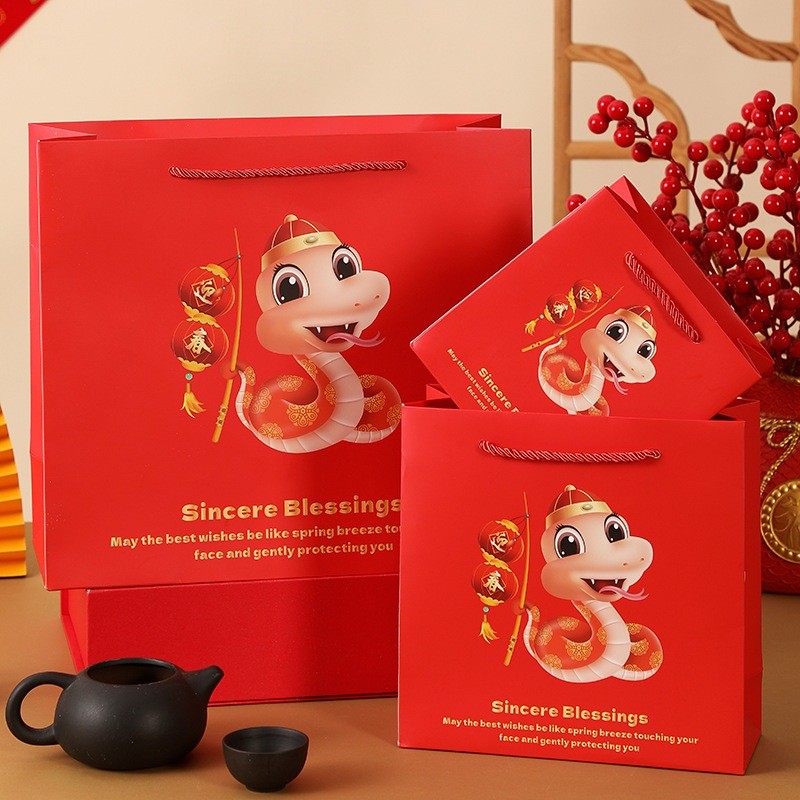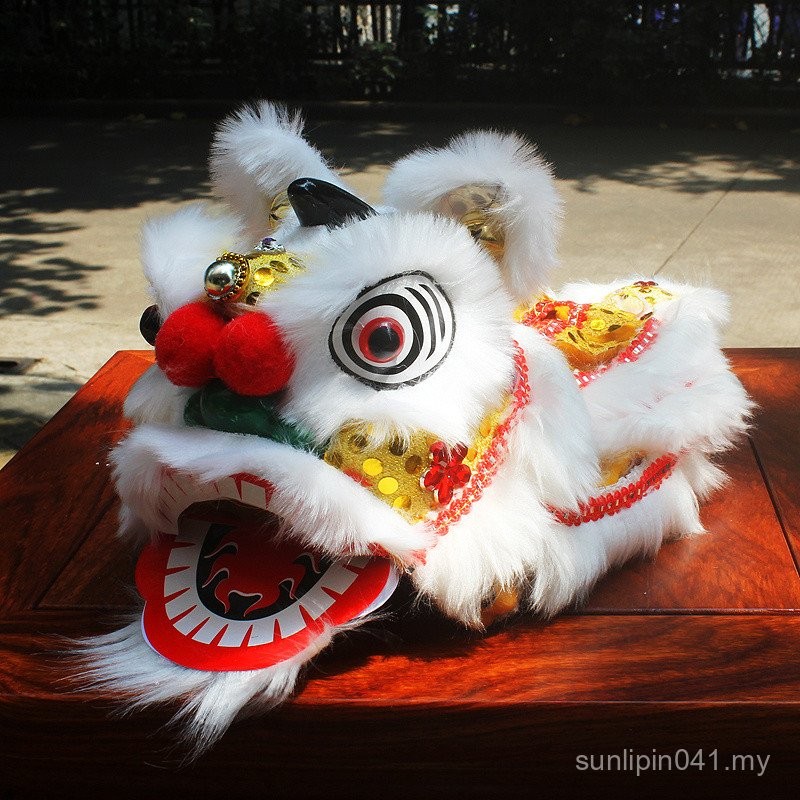40 Good Tips For Picking Creative Chinese Gifts
40 Good Tips For Picking Creative Chinese Gifts
Blog Article
Top 20 Tips To Guarantee Authenticity In Chinese Cultural Gifts
Assuring the authenticity and cultural value of Chinese-made items is crucial to maintaining their cultural values and ethical standards. Here are 20 tips to confirm the authenticity of these gifts:
Research and Knowledge
Know the Gift: Learn about the source of the gift, the materials, and workmanship. As an example, jade and silk are both made of distinct materials and come with distinct textures.
Learn about regional specialties Different regions in China are famous for particular crafts. For instance, Yixing teapots come from Jiangsu as well as Jingdezhen is renowned for its its porcelain.
Recognize traditional techniques: Authentic works often employ traditional techniques, like hand-carving, hand painting, or even hand-embroidered.
Material Verification
Real jade has a cool smooth texture, a silky texture and a waxy appearance. Fake jade may feel like it's made from plastic or could contain air bubbles.
Silk: Silk that is authentic has soft sheen and silky texture. A small amount of thread is burned and produces the smell of burned hair. Synthetic fibers, however, melt.
Porcelain : Authentic lightweight porcelain is translucent with a fine and smooth surface. Tap it lightly - you should hear a clear, ringing tone.
Tea: Chinese teas like Pu'er Longjing, Longjing and Longjing all are distinctive in their aromas, tastes and appearances. It is recommended to buy your tea from reputable sellers.
Craftsmanship and Detailing, as well as Quality
Handmade vs. mass-produced presents Handmade vs. mass-produced presents is often revealed by the slight imperfections, distinctive specifics, or other aspects.
The intricate patterns of traditional Chinese crafts such as embroidery and cloisonne are hard to reproduce using machines.
Artisan Signatures – Certain objects such as paintings and calligraphy might bear the signature or seal of the artist.
Source and Seller and
Buying from Reputable Sellers Select sellers that are reputable, such as famous Chinese brands, cultural organizations, or certified artisans.
Certificates of authenticity: Look for items with documents such as certificates for jade, tea and artwork.
Avoid Tourist Traps - Be careful when you shop in areas that are popular with tourists. False products are popular.
Online Research Read reviews and rating for online sellers.
Context of Histories and Culture
Symbolism: Genuine products typically include traditional designs and symbols, like dragons, floral patterns or the phoenix.
Historical Accuracy - Research the item to determine whether it is in line with historical practices. For example, authentic blue and white porcelain adheres to specific Ming or Qing Dynasty styles.
Price and Value
The price is too amazing to be real: The low price can indicate fake products. Genuine Chinese crafts are typically more expensive because of the raw products and labor required.
Compare Prices: Research the average cost of similar products to assess whether the price is reasonable.
Ethical Aspects
Fair Trade and Sustainable: Support artisans and brands who are committed to fair wages sustainable practices, fair trade, and cultural preservation.
Avoid Cultural Exploitation Make sure the present isn't a mass-produced copy that disrespects the heritage of culture it embodies.
Checking for Practical Verification
Feel the texture. Genuine materials like jade, wood and silk have unique textures that are difficult to replicate.
Labels are a great way to begin. For certain products, like tea or porcelain, there could be tags on the product that show its origin or authenticity.
Ask questions about the history, the materials, and the manufacturing process. Dealers with good reputation will give you complete details.
You can ensure that the gifts that you select are authentic thoughtful, meaningful, respectful and respectful to their culture by observing these suggestions. Follow the best shadow puppetry china for more tips including Chinese christmas gifts wife, Chinese best gifts to give for christmas, Chinese 50th wedding anniversary gifts, Chinese unique gifts for women, Chinese fun gifts, Chinese best mom christmas presents, Chinese wedding gifts, Chinese personalize it gifts, Chinese best women gifts, Chinese best christmas gifts and more.
Chinese Culture Top 20 Suggestions For Regional Variations Of Gifts
China's diverse regions have distinctive traditions, crafts and specialties. Knowing the regional differences will allow you to select items that are authentic and meaningful. Here are some guidelines on how to choose items based on the region of Chinese culture.
Northern China
Beijing (Peking Opera Masks). These colorful masks are a unique way to decorate and represent the tradition of Chinese opera characters.
Cloisonne (Jingtailan) Cloisonne (Jingtailan): A traditional enamelware craft from Beijing with intricate designs and vibrant colors. Items like vases, jewelry, or decorative plates are popular.
Shaoxing wine: A famous rice wine made in Northern China. Often, the wine is gifted in an elegant ceramic bottle.
Eastern China
Yixing Ceramic Teapots - These teapots from Jiangsu Province have porous clay which enhances tea flavor.
Suzhou Embroidery - Known for its slick and authentic patterns, Suzhou embroidery can be seen on silk scarves, as well as clothing, wall hangings and various other fabrics.
Longjing Tea Also known as Dragon Well Tea, is an extremely high-quality, green tea originating from Hangzhou in Zhejiang province. It's usually packaged in attractive containers.
Southern China
Cantonese porcelain: This porcelain from Guangdong Province is known for intricate designs of white and blue.
Lingnan Style Paintings: A traditional art form that originated from Guangdong, featuring colorful landscapes and floral patterns.
Carvings originate from Guangdong constructed from litchi (Lychee) for example, figurines or furniture, are both useful and decorative.
Southwestern China
Sichuan Brocade is a luxurious silk fabric that comes from Sichuan province. It's typically used to make clothing, scarves or decorative objects.
Pu'er (fermented) tea is Yunnan Province fermented, known as a nutritious and tasty tea. It is typically served in cakes compressed or aged.
Tibetan Thangkas: Exquisite Buddhist paintings on cotton or silk, depicting spiritual teachings.
Western China
Xinjiang Carpets Handwoven carpets in Xinjiang featuring geometric patterns with vibrant colors.
Uyghur Music Instruments Unique gifts like the dutar, a two-stringed instrument, or tambur, a long-necked violin are available for music enthusiasts.
Kashgar Pottery: artisanal pottery from Xinjiang well-known for its earthy hues and intricate designs.
Central China
Jingdezhen Porcelain: Known as the "Porcelain Capital" Jingdezhen in Jiangxi Province produces top-quality, translucent porcelain that has intricate designs hand-painted by hand.
Hunan Embroidery Traditional craft that features striking colors and realistic patterns which are commonly used on clothes or other decorative products.
Northeastern China
Manchu-style Clothing: Traditional clothes like qipao (cheongsam) or Manchu Robes, which are typically constructed from silk, and with elegant designs.
Heilongjiang Ice Sculptures Unique gifts include miniature replicas or photographs of famous ice sculptures of Harbin's Ice Festival.
Ethnic Minority regions
Miao Silver Jewellery Elegant silver jewellery made by the Miao group with traditional motifs.
Dong Minority Wooden Structure: Miniature replicas of Dong drum towers and bridges made of wind and rain make distinctive gifts that are culturally rich.
Yi ethnic fabrics Batiks of the Yi ethnic group, featuring vibrant colors and traditional patterns.
Additional Tips
Explore local craft and crafts. Each region has its own unique features, so spend time learning about the traditions and crafts of that region.
Buy local craftsmen directly from local markets to ensure authenticity.
Consider the practicality. Pick gifts that are both culturally significant and also practical.
Respect cultural sensibilities: Be aware of the cultural and religious significance of some items that you purchase, particularly when giving gifts to ethnic minority regions.
Explore the regional variations in the creative gifts of Chinese culture to find gifts that are beautiful, meaningful and deeply rooted into the tradition and heritage of certain areas. This provides an additional level of care and authenticity to your gift giving. Have a look at the best china anniversary gifts for blog recommendations including Chinese christmas gifts for christmas, Chinese man to man gifts, Chinese women gifts, Chinese unique gifts for men, Chinese men presents, Chinese coolest gifts for him, Chinese coolest gifts for wife, Chinese gifts for her, Chinese customized gifts, Chinese men valentine gifts and more.

